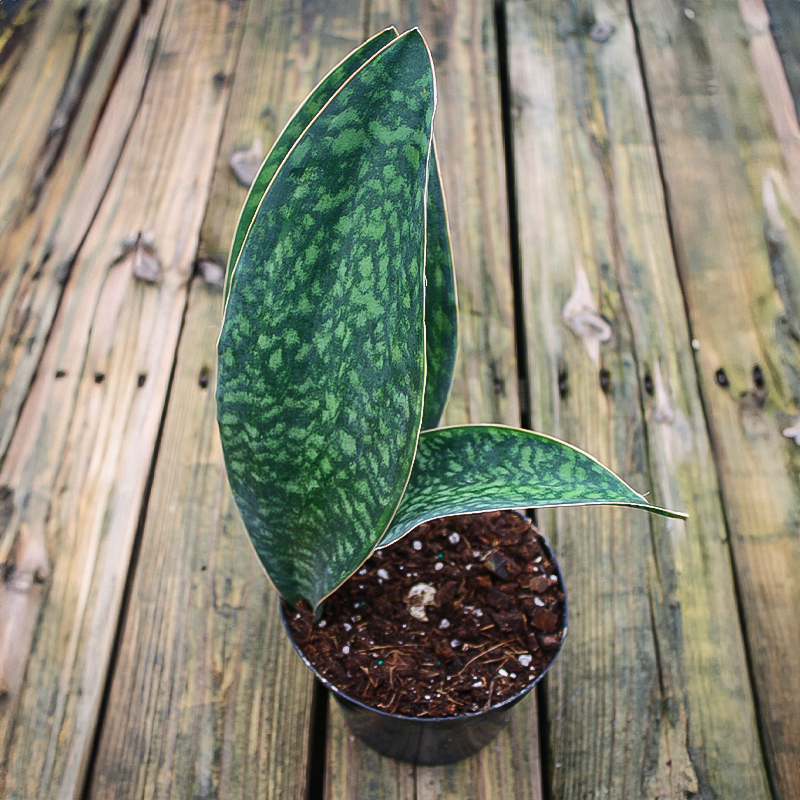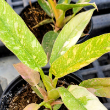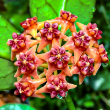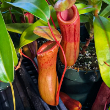You're shopping: DAVIDSONVILLE
(change store)
Rare Houseplants - SANSEVIERIA WHALE FIN 6"

SANSEVIERIA WHALE FIN 6"
no reviews for this product. Login to place a review.
Your Price $34.99
Item Number 324704
In store quantity:
0
$34.99/ EA
Sansevieria 'Whale Fin'
6-Inch, Houseplant
Height: 2-3 feet.
Spread: 1-2 feet.
Sunlight: Bright, indirect light to low light. Other Names: Dracaena masoniana, Mason's Congo
Description:
A rare and highly sought-after Sansevieria variety, 'Whale Fin' is known for its large, paddle-shaped leaves that resemble the fin of a whale. This unique, slow-growing succulent is exceptionally low maintenance and highly adaptable, thriving in a wide range of indoor conditions. With its striking architectural form and air-purifying qualities, 'Whale Fin' makes a stunning statement in any space.
Houseplant Qualities:
Sansevieria 'Whale Fin' is an extremely hardy plant that requires minimal care. It tolerates low light, infrequent watering, and dry indoor conditions, making it an ideal choice for beginners and busy plant owners.
The plant is most often used in the following ways:
- Statement Plant in Decorative Pots
- Low-Maintenance Office & Home Decor
- Air-Purifying Indoor Plant
- Mixed Succulent & Desert Plant Displays
Features & Attributes:
Sansevieria 'Whale Fin' features a single, broad, upright leaf with a striking mottled green pattern. Over time, it may produce additional leaves, gradually developing into a larger, sculptural plant. Its bold, modern aesthetic makes it a favorite for minimalist and contemporary indoor designs.
This is an evergreen, slow-growing succulent with an upright growth habit. It stores water in its thick leaves and is highly drought-tolerant.
Aside from its primary use as a houseplant, Sansevieria 'Whale Fin' is suitable for the following indoor applications:
- Low-Light Spaces
- Modern & Minimalist Decor
- Air-Purifying Indoor Environments
Planting & Growing:
Sansevieria 'Whale Fin' will grow to be about 2-3 feet tall at maturity, with a spread of 1-2 feet. It grows very slowly and can live for many years with proper care.
This plant thrives in bright, indirect light but can adapt to low-light conditions. It prefers a well-draining, sandy potting mix and should be watered only when the soil is completely dry. Overwatering should be avoided, as this can lead to root rot. It requires little maintenance beyond occasional dusting of the leaves.
Additional Characteristics:
- Extremely Drought-Tolerant
- Thrives in Low Light or Bright Indirect Light
- Air-Purifying & Improves Indoor Air Quality
- Striking, Architectural Foliage
- Pet-Toxic (Keep Away from Pets if Ingested)




